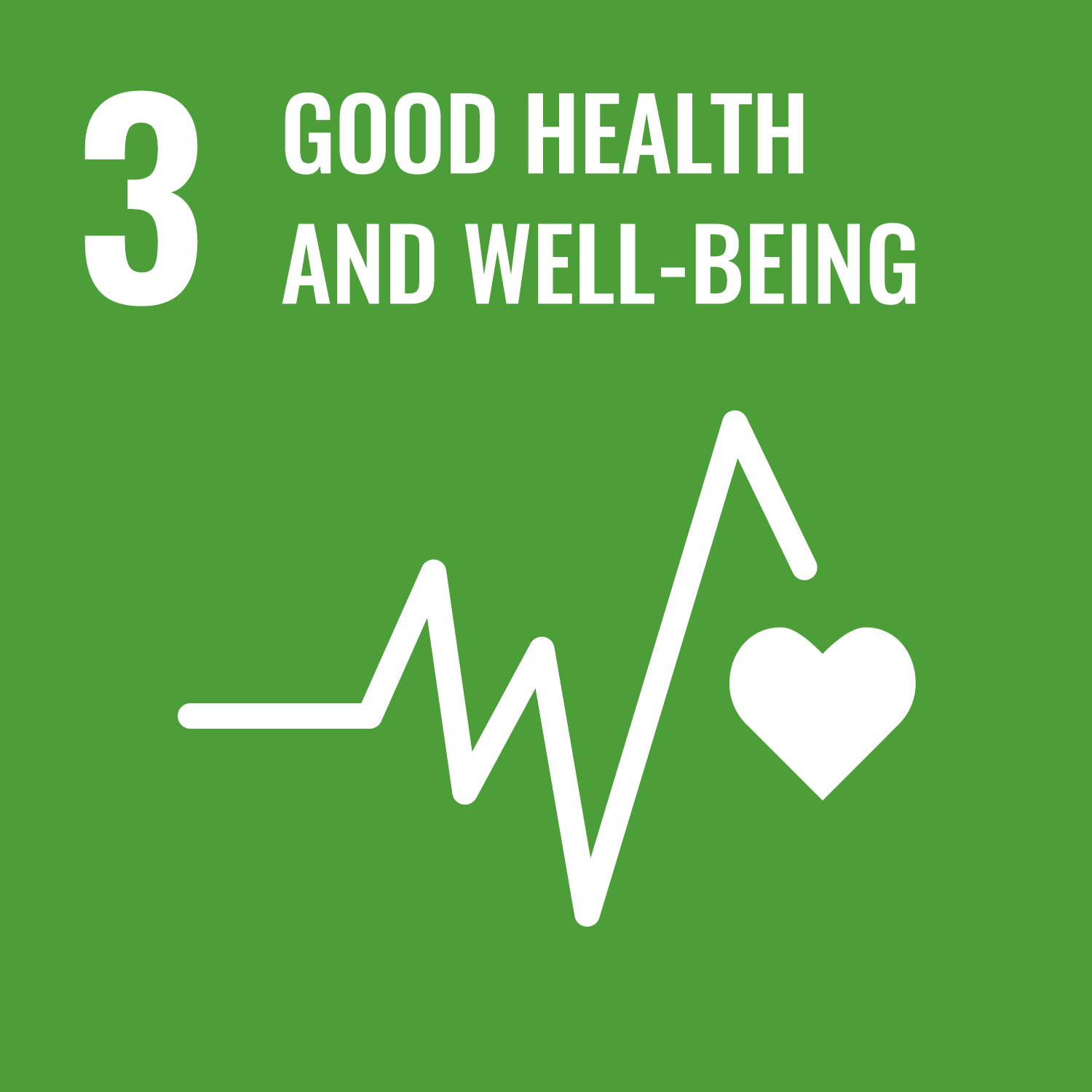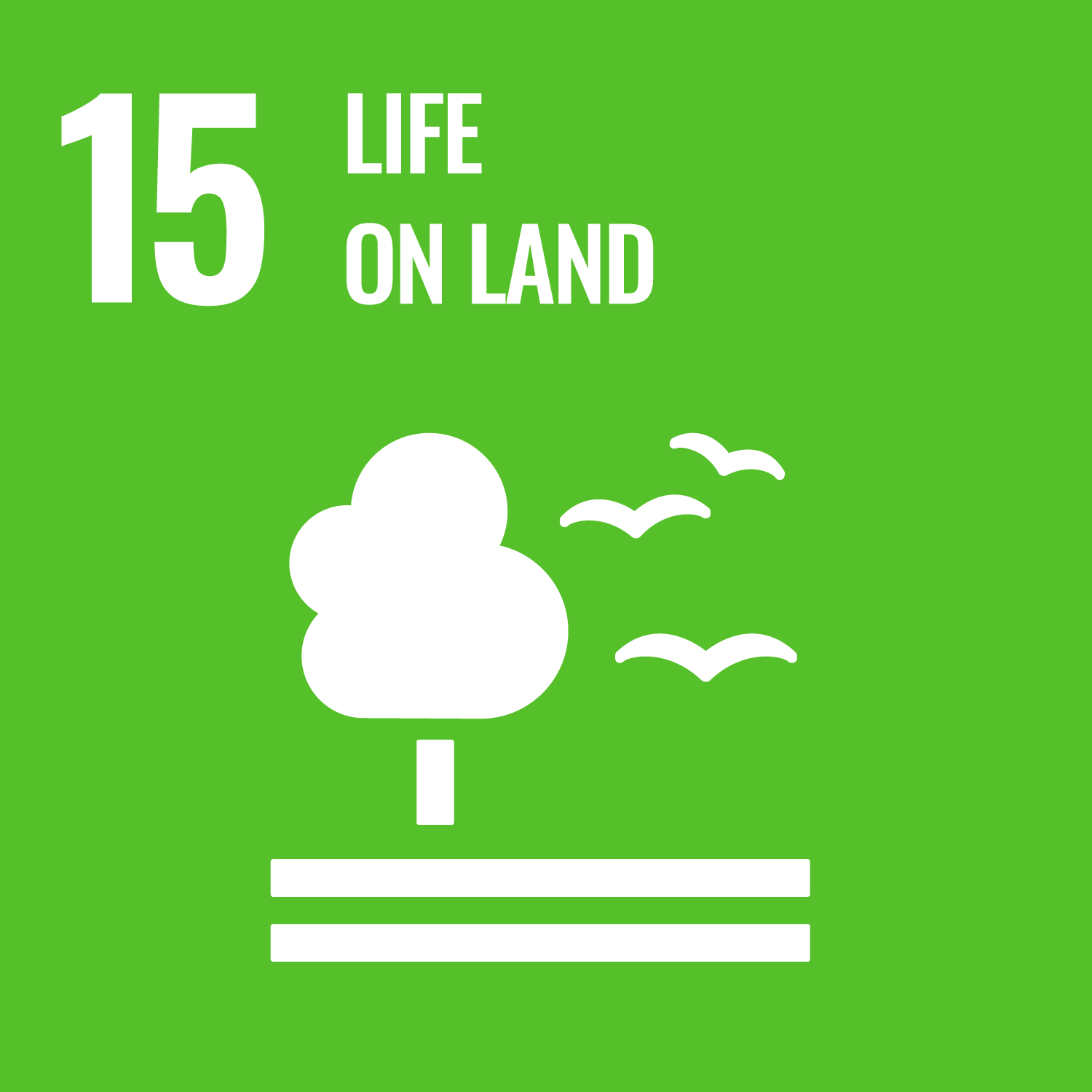This course is jointly taught by three professors namely, Prof. Shahrol, Prof. Uma and Prof. Aarya teaching respectively,
Biomechanics, Biphotonic and Biosensors. This course provides a comprehensive understanding of biomedical engineering principles,
with a focus on biomechanics, biphotonic and biosensors. The course emphasizes theoretical foundations along with hands-on
experimentation to bridge the gap between physics, biology, and medical applications. Students will be introduced to the concept
of biomechanics of human movement and how to apply the concept of physics to represent the movement. Then, students will be
introduced to the optical techniques along with magnetic resonance imaging (MRI), ultrasound, x-ray imaging, PET and other
latest technologies in wide use in medical applications. Students will be revised of the light properties and their interaction
with biological matter. Lastly, students will be experiencing the basic sensor making.
The purpose of this course is to provide students with a strong foundation in biomechanics, biphotonic, and biosensor, integrating
engineering principles with biomedical applications. It emphasizes sensor technology, bioelectronics, and biphotonic techniques
for medical diagnostics and healthcare innovations. Through theoretical learning and hands-on experiments, students will develop
skills in sensor design, calibration, and real-world biomedical applications, preparing them for careers in biomedical engineering
and medical device development.
| Goals and objectives | Course Outcomes | |
|---|---|---|
| 1. | Students can explain the fundamental principles of biosensors, transducers, and biophotonics. | |
| 2. | Students can explain the basic concepts of bioelectronics, including resistors, diodes, and transistors. | |
| 3. | Students can explain the biomechanical principles such as force, equilibrium, and human locomotion. | |
| 4. | Students can do sensor design, calibration, and testing. | |
| 5. | Students will apply knowledge to real-world biomedical applications, including diagnostics and healthcare devices. |
| Shahrol | Uma | Aarya | Total. | |
|---|---|---|---|---|
| 1. | 15% | 5% | 20% | |
| 2. | 5% | 5% | ||
| 3. | 30% | 30% | ||
| 4. | 5% | 5% | ||
| 5. | 5% | 20% | 15% | 40% |
| Total. | 35% | 35% | 30% | - |
| Class schedule | HW assignments (Including preparation and review of the class.) | Amount of Time Required | |
|---|---|---|---|
| 1. | Biomechanics: Force and Center of Gravity (COG) - Composition and resolution of forces - Concept and calculation of COG |
Review the lecture notes | 100分 |
| 2. | Biomechanics: Ground Reaction Force, COG Acceleration, and Center of Pressure (COP) - Velocity and acceleration of COG - Explain the ground reaction force and COP during movement |
Review the lecture notes | 100分 |
| Assignment 1 | 100分 | ||
| 3. | Biomechanics: Joint Moments, Power, and Muscular Activities - Explain the joint moments and power - Work and power generated by muscles |
Review the lecture notes | 100分 |
| Assignment 2 | 100分 | ||
| 4. | Biomechanics: Human Gait - Explain the human movement / locomotion - Relationship between COG and COP when standing |
Review the lecture notes | 100分 |
| Assignment 3 | 100分 | ||
| 5. | A brief tour on optical phenomena to understand Interaction of light -tissue (reflection, refraction, absorption, scattering, interference and diffraction) | Review the lecture notes | 100分 |
| Assignment 4 | 100分 | ||
| 6. | Microscopes and their developments in the field of life sciences | Review the lecture notes | 100分 |
| Assignment 5 | 100分 | ||
| 7. | Spectroscopy and its application in biological sciences | Review the lecture notes | 100分 |
| Assignment 6 | 100分 | ||
| 8. | Comparison of optical techniques with techniques such MRI, CT, PET | Review the lecture notes | 100分 |
| Assignment 7 | 100分 | ||
| 9. | Possibly Techno Plaza tour | Review the notes | 100分 |
| Report on Techno Plaza | 100分 | ||
| 10. | Biosensors: sensors, transducers, biosensors and bioreceptors In this lecture, students will explore the fundamental concepts of biosensors, focusing on the various types of sensors. |
Review the lecture notes | 100分 |
| Assignment 8 | 200分 | ||
| 11. | Basic Bioelectronics: Resisters, diodes, transistors This lecture will cover basic electronic components crucial for biosensor circuits. It will also introduce resistors and their role in controlling current flow, diodes for signal rectification, and transistors for signal amplification. |
Review the lecture notes | 100分 |
| Assignment 9 | 100分 | ||
| 12. | Sensing elements: temperature sensor, operational amplifiers, light sensors This lecture will help students examine various sensing elements commonly integrated into biosensors. |
Review the lecture notes | 100分 |
| Assignment 10 | 100分 | ||
| 13. | Experiment 1.1 Aarya-Lab Basic Sensor Making Hands-on session where students will construct a basic temperature biosensor using a thermistor, operational amplifier, and microcontroller. |
Lab Report | 200分 |
| 14. | Seminar | Presentation | 100分 |
| Total. | - | - | 2700分 |
| A:Fundamental Mechanical Engineering | B:Advanced Mechanical Engineering | C:Environment and Materials Engineering | D:Chemistry and Biotechnology | E:Electrical Engineering and Robotics | G:Advanced Electronic Engineering | F:Information and Communications Engineering | L:Computer Science and Engineering | H:Urban Infrastructure and Environment |
|---|
The evaluation will be based on Assignment, Report, Lab report and Presentation. Passing rate will be 60% of the full score
| ways of feedback | specific contents about "Other" |
|---|---|
| Feedback in the class |
- Please contact the professor for appointment:
Shahrol (mshahrol@shiabura-it.ac.jp) - Please contact the professor for appointment:
Uma (uma@shibaura-it.ac.jp) - Please contact the professor for appointment:
Aarya (aarya@shibaura-it.ac.jp)
- Course that cultivates a basic problem-solving skills
| Work experience | Work experience and relevance to the course content if applicable |
|---|---|
| N/A | N/A |



- 3.GOOD HEALTH AND WELL-BEING
- 4.QUALITY EDUCATION
- 15.LIFE ON LAND
Last modified : Tue Mar 11 04:11:01 JST 2025
